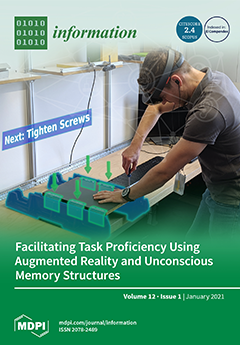Open AccessArticle
Systematic Literature Review of Security Pattern Research
by
Hironori Washizaki, Tian Xia, Natsumi Kamata, Yoshiaki Fukazawa, Hideyuki Kanuka, Takehisa Kato, Masayuki Yoshino, Takao Okubo, Shinpei Ogata, Haruhiko Kaiya, Atsuo Hazeyama, Takafumi Tanaka, Nobukazu Yoshioka and G. Priyalakshmi
Cited by 8 | Viewed by 3941
Abstract
Security patterns encompass security-related issues in secure software system development and operations that often appear in certain contexts. Since the late 1990s, about 500 security patterns have been proposed. Although the technical components are well investigated, the direction, overall picture, and barriers to
[...] Read more.
Security patterns encompass security-related issues in secure software system development and operations that often appear in certain contexts. Since the late 1990s, about 500 security patterns have been proposed. Although the technical components are well investigated, the direction, overall picture, and barriers to implementation are not. Here, a systematic literature review of 240 papers is used to devise a taxonomy for security pattern research. Our taxonomy and the survey results should improve communications among practitioners and researchers, standardize the terminology, and increase the effectiveness of security patterns.
Full article
►▼
Show Figures





